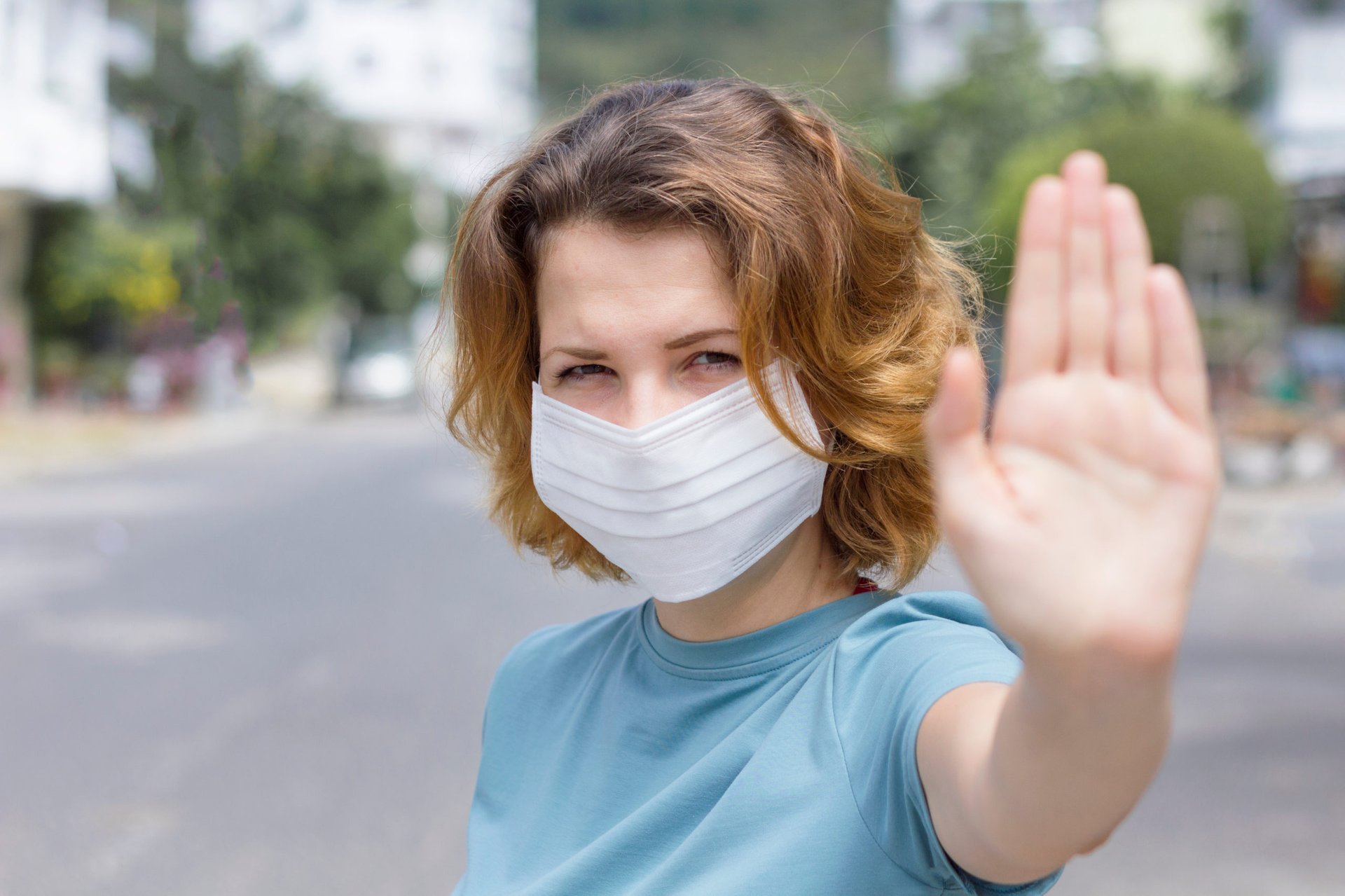
Restaurants are the riskiest public locations during the coronavirus pandemic, according to a new study.
In fact, the risk of becoming infected in restaurants is about four times higher than in other places, such as gyms, coffee shops, hotels and houses of worship, say researchers at Stanford University and Northwestern University.
As part of a study, the researchers used anonymized phone data from 98 million people in 10 of the largest U.S. metropolitan areas to track their movements from March 1 to May 2.
Once the data was collected, it was superimposed over a computer model of how the virus spreads, helping the researchers to determine patterns of infection.
Jure Leskovec, an associate professor of computer science at Stanford and lead author of the study, told CBS News there are reasons that restaurants are particularly dangerous places to congregate during a pandemic:
“If you think about restaurants, people stay there a long time, and many of them are small places where people are packed in. The density of people there is quite high compared to grocery stores and department stores that are bigger places and are nowhere near as packed as restaurants.”
The researchers concluded that a small number of public places are responsible for the lion’s share of coronavirus infections. For example, they estimate that just 10% of public places — from restaurants to car dealerships — account for 80% of the infections in Chicago.
Some cities are now coming to terms with the risk that restaurants pose during the pandemic. For example, New York recently imposed a 10 p.m. closing time on restaurants and bars as well as gyms. After 10 p.m., restaurants may offer curbside pick-up for food, but not alcohol.
Without social distancing and other such preventive measures, one-third of the U.S. population would be infected with COVID-19 within a month, the researchers say.
Without limiting where people circulate or implementing other containment measures, fully one-third of the U.S. population would become infected with COVID-19 within a single month, according to the study findings.
There was a silver lining in the study, however. Researchers said restaurants that reduce capacity — rather than shutting down altogether — can significantly curtail infection rates.
For example, if restaurants in Chicago reopened at 20% capacity, providing more room between diners, they would reduce infection rates by more than 80% compared with if they opened at full capacity, according to the researchers.
For more on staying safe from the coronavirus, check out:
Disclosure: The information you read here is always objective. However, we sometimes receive compensation when you click links within our stories.



